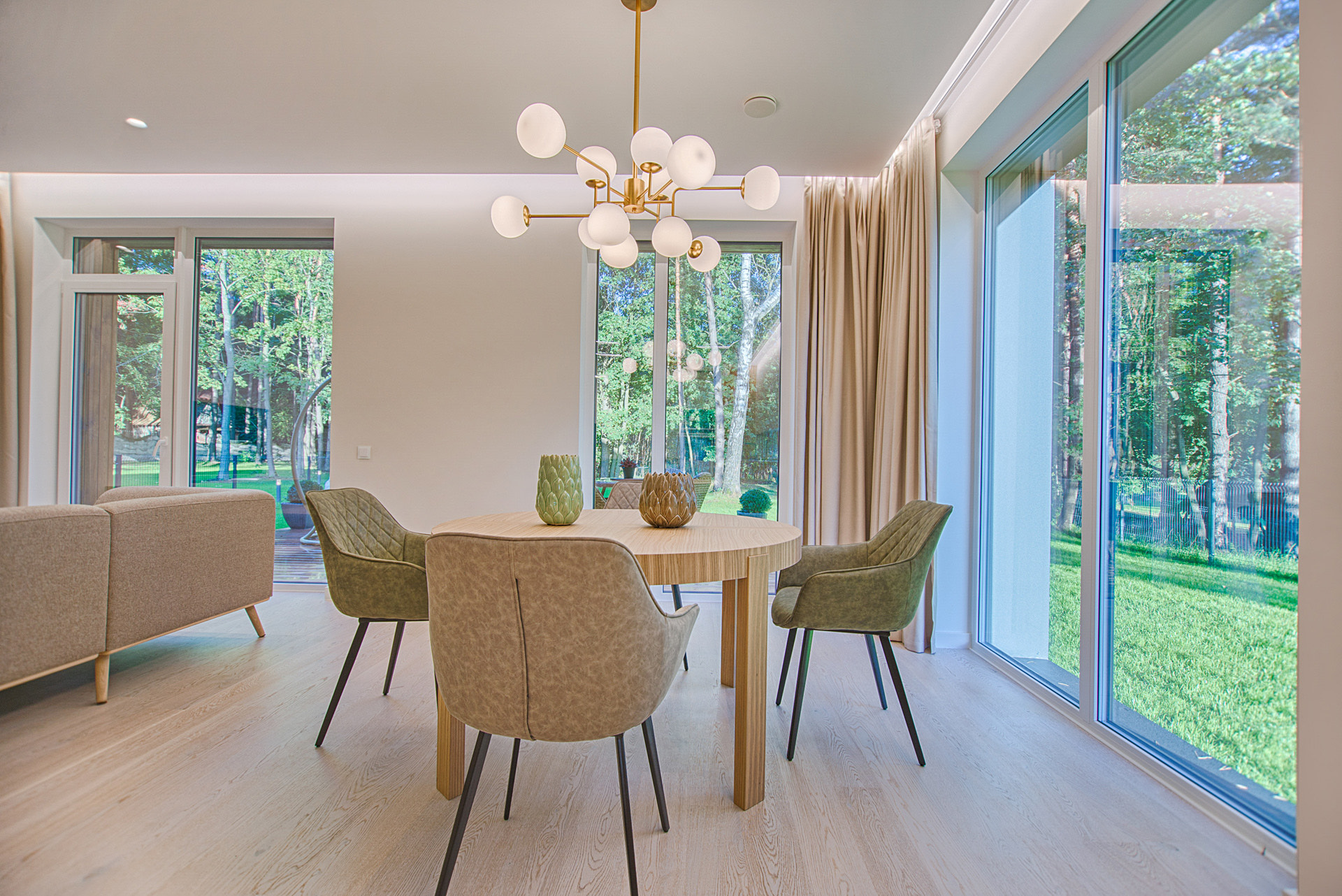As the pandemic continued month after month, we all saw a steady but noticeable rise in the price of houses. This affected homes for sale and for rent, with property prices hitting highs that we haven’t seen in years. Areas where renting had always been inexpensive were suddenly seeing homes asking for up to £100 more than other renters were paying in the area, while other locations saw worse figures.
Buying a house became almost inaccessible during the pandemic. Many estate agents weren’t allowing physical tours of homes, which left potential buyers trying to view houses online with limited success. There’s only so much information you can get from a house without being inside it, after all.
Average house price rise
The housing market was full of people asking for thousands more on properties that weren’t as costly just months prior. The Land Registry announced that the average price of a property for sale in the UK rose by 10.6% year-on-year in August. That figure made the average cost of a UK home £264,244. A house in England has a slightly higher average cost at £280,921.
To give you a real figure to work with, the same average house in England may have cost only £256.109 in August 2020, making the rise to £280,921 a shocking total of £24,812 in just one year.
Housing demand
Why did this happen? Well, part of the reason behind the rising prices is due to the government temporarily cutting stamp duty. The rest was down to covid and a lack of houses to meet demand – this latter reason has been an issue in the UK for decades, and it’s only getting worse.
House owners see the demand for housing and they are well within their rights to charge whatever they like for their property. The housing crisis in England and the rest of the UK isn’t anything new, and the lack of supply feeds into the market’s sky-high prices. It’s a never-ending circle that’s been made worse by the pandemic and the actions of those in power during COVID.
Affordable social housing is more scarce than ever, which leaves families renting. Rent is extremely high right now, with many landlords taking advantage of the government’s allowance of upping their rent prices once per year. We urge any renters to thoroughly read their contracts, particularly if their landlord has approached them about changes in rent cost.
Housing in Liverpool
Liverpool has had some of the biggest house price rises over 2020 and 2021. Last year, according to Rightmove, Liverpool’s average house price was set at £197,954. That may seem cheap compared to the average overall price in England, but it’s actually 16% higher than prices were in 2019.
If you’re looking for a terraced house, though, you can usually find one under £140,000, which is a better price for first-time buyers. Liverpool is somewhat of a hotspot for property investment, so keep an eye on the market because the prices are due to start coming back down along with the rest of the UK.



